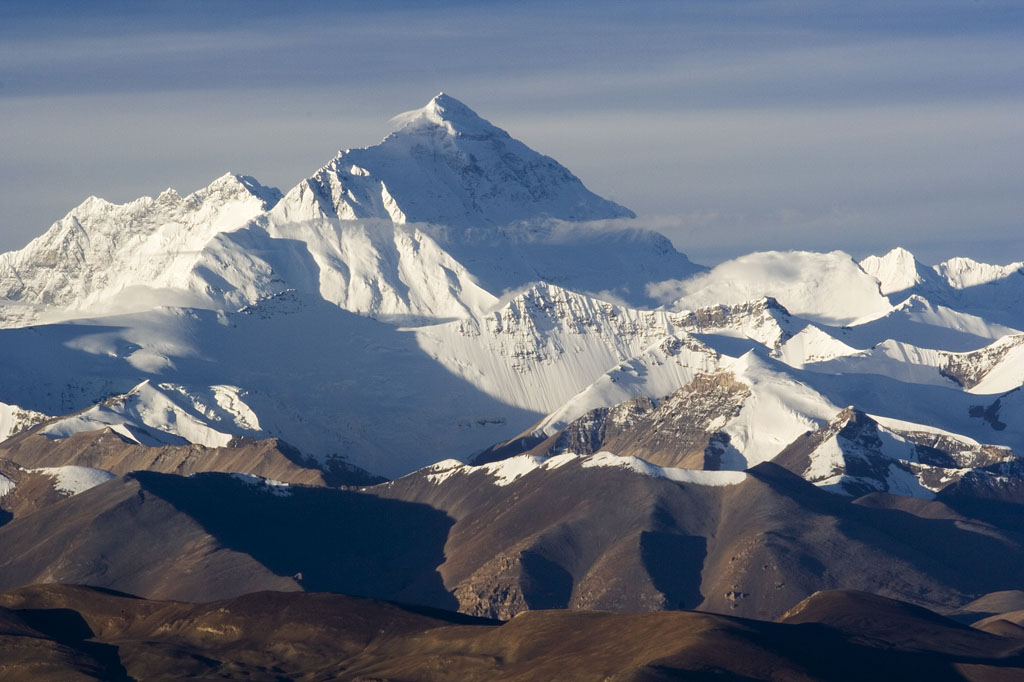 Yesterday, I wrote about how our carbon footprints are affecting cultural landmarks all over the world. Here are a few more that are being damaged by man for similar or other reasons.
Yesterday, I wrote about how our carbon footprints are affecting cultural landmarks all over the world. Here are a few more that are being damaged by man for similar or other reasons.
The Galapagos Islands is actually 19 different islands and 107 rocks and islets off the coast of Ecuador that has many indigenous animals and plants. In 1959, 97.5 percent of the land was declared a national park by the Ecuadorian government. However, the population growth plus tourism and illegal or extreme fishing and poaching is destroying the natural habitat of many species. It was estimated by the Charles Darwin Foundation that as much as one-fifth of the 43 endangered marine species of the Galapagos Islands may already be extinct. The United Nations Educational, Scientific and Cultural Organization (UNESCO) put the Galapagos Islands on its World Heritage in Danger List due to the destruction.
Fortunately, the Galapagos Conservation Trust is setting up projects and programs to help protect the animals. There is also now “no take” water areas in which the number of boats and visitors has been limited.
One place that always seems pristinely clean when I see it on television is Mount Everest. However, the highest mountain in the world is actually a place filled with tourist litter. Since 1953, the number of tourists to the mountain has grown substantially, with as many as 400 people climbing Everest each year. These climbers leave behind tons of trash, including oxygen tanks and camp equipment. By some estimates, there is as much as 120 tons of trash on what some have dubbed “the world’s highest garbage dump.”
The Nepal government requires all climbers to purchase a permit, which can cost as much as $25,000. This keeps inexperienced climbers off the mountain in hopes of keeping the litter down. Also helping clean up the mountain is expedition clean-up crews that collect trash.
(This image by Luca Galuzzi is licensed under the Creative Commons Attribution-Share Alike 2.5 Generic license.)

